After Liverpool’s controversial sale of Melwood on Thursday, Jeff Goulding spoke to those close to the issue to chart the end of an era, and the fight for a legacy.
Liverpool Football Club have announced the sale of the historic Melwood training ground to Torus, a charity based in nearby St Helens which specialises in affordable homes.
While this represents a significant step in the club’s move to a £50 million training facility in Kirkby, it marks a new twist in the campaign by local residents to ensure the club does right by the history of the site and its soon-to-be-former neighbours.
In a statement from the club, Andy Hughes, executive vice-president of finance, explained that the club had made the decision to move away from Melwood with a “heavy heart.”
However, he explained that the decision was made necessary by the fact that the club had effectively outgrown the historic training ground. A fact compounded by the desire to combine the first team and academy under one roof.
He went on to reassure supporters that all funds from the sale of the land—believed to be in the region of £10 million—would be reinvested into the first-team squad.
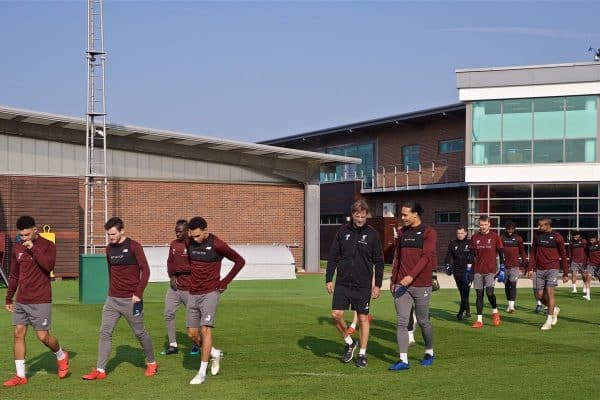
These words have proven to be cold comfort to some residents in West Derby, who live and work near to the Reds’ training base.
Ever since the plans for Liverpool to leave West Derby were announced in 2017, locals have voiced a number of concerns. These related to fears that the site could be sold to a high-end private housing developer and the subsequent impact on the local area in terms of increased traffic, schools and health services.
However, their concerns are also about history and heritage. There is a deep sense of loss at the potential bulldozing of what is an iconic and significant piece of football history.
The residents of this area are people who have grown up within touching distance of one of the greatest sporting locations on the planet.
This is the Cavern, the Graceland or the Abbey Road Studios of the football world.
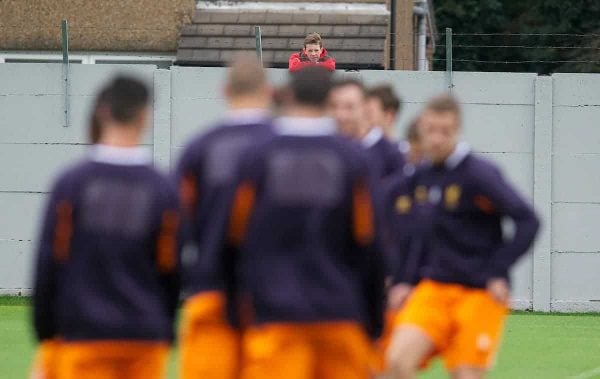
Many will have lived so close they could have watched training from their windows, or perhaps stood on rubbish bins next to the giant, grey stone walls in order to catch a glimpse of Bill Shankly and his men in training.
Some will have seen him around the area—his home was in nearby Sandforth Road. They will have chatted to him and many have fond memories of that.
Yes, it’s difficult to argue against progress. All of us want to see the club prosper. But, our heritage is important and it should be handled with care.
Writing in the Liverpool Echo in 2017, after the club’s plans to leave Melwood were first announced, David Prentice remarked that the place was never just an ordinary training ground:
“It was the birthplace of an entire football philosophy, a place where Bill Shankly hatched and honed his pass-and-move credo—and where world-class players were educated in the Liverpool way.”
The Reds moved into the facility in the 1950s, after previously training on the Anfield grass. This was having a detrimental effect on the pitch and a decision was eventually made to take over a few football pitches in the West Derby area of the city.
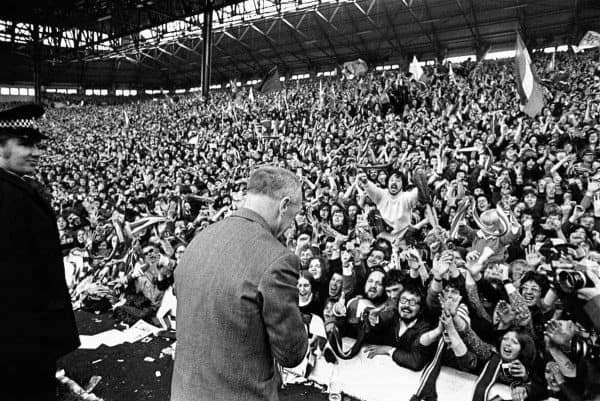
The site had originally belonged to St Francis Xavier School and was named after two priests who organised football matches there, Father Melling and Father Woodlock. The first syllables of each of their names had given the site its name: Melwood.
However, the would-be training base was in a terrible state. When the legendary manager Shankly arrived in 1959, the three playing fields and adjoining pavilion had not been maintained and the pitches were overgrown.
In his autobiography, Shankly described it as a “sorry wilderness.” On seeing what looked like two huge bomb craters in one of the playing surfaces, he asked “have the Germans been here?”
He set about transforming the place into a facility befitting the sporting empire Liverpool would eventually become.
Despite the club being in the second tier of English football, his vision convinced the board to rebuild the pavilion and flatten the pitches.
Soon, the players would be boarding the bus from Anfield to Melwood and working on their five-a-side routines and taking target practice against the shooting boards he erected. Then, once training had finished, it was back on the bus to Anfield.
This would ensure the players were properly cooled down after practice. But, more than that, it promoted camaraderie and bonded the players together, as they shared the ride to and from training.
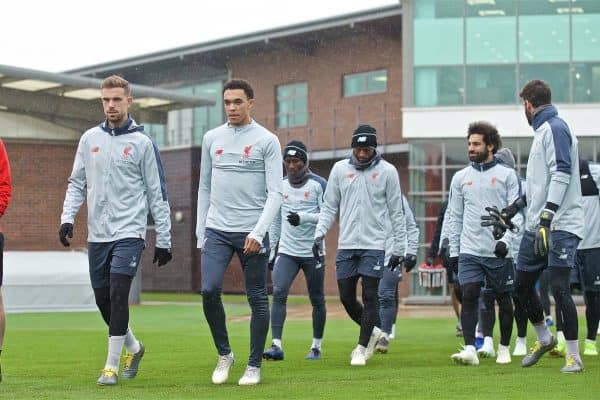
In 2001, Melwood faced another revolution with the appointment of Gerard Houllier as sole manager of the club. Gerard oversaw the further modernisation of the facility which added the Millennium Pavilion we see today.
The place has been Liverpool Football Club’s official training base for 50 years. But, more than that, it is an important cultural and historical location for West Derby and the city of Liverpool.
This is why local campaigners continue to be vocal about its future.
I spoke to city councillor Harry Doyle about the concerns of the local community and the campaign that has grown up in the last two years. He told me that he was disappointed with the club’s decision to sell the site for housing, and feels the club has not listened sufficiently to local residents concerns.
“Over the years, West Derby has seen a massive influx of new-build homes which has added pressure to our roads,” he told This Is Anfield.
“These are now gridlocked, particularly at peak times. It can take 20 minutes just to get out of West Derby.
“On top of this, all the local schools and doctors surgeries are oversubscribed. The medical centre just over the road from Melwood has 12,000 people on their books with only six car parking spaces.
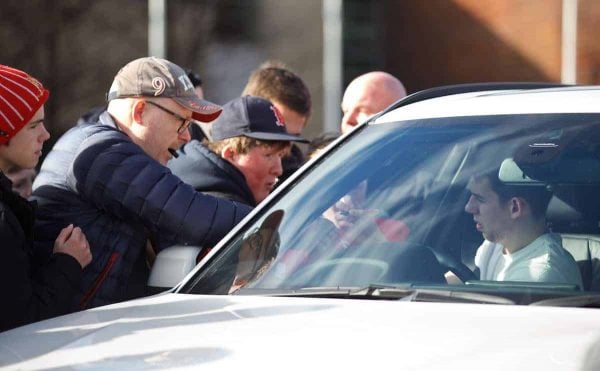
“The final issue, and probably the most important to the campaign group, is the strong connection the local community and fans have with Melwood. Melwood has been a part of our community and many residents have shared memories of Shankly in the area and what a great man he was.
“Local people will be devastated to lose the facility and really wanted LFC to have a lasting legacy here. The campaign group believed Melwood could have actually been profitable for the club as a museum or fitness centre.
“I think the sale of Melwood to Torus is no different from a sale to a private housing company. We’ll still have all the above problems in the area.”
Another local councillor, John Prince, speaking to the Liverpool Echo, has held talks with the club and is now looking for a positive way forward.
He feels the revised plans represent a fresh start and an opportunity to engage.
Pointing out that the majority of anchor tenants on the site will be those in sheltered accommodation, something that is much needed in the area, he feels this will have much less of an impact on the area.
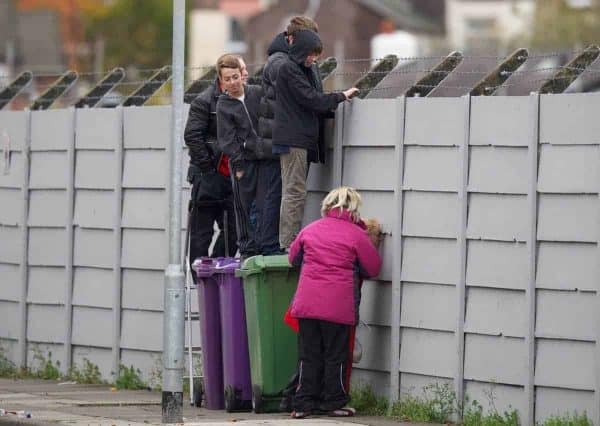
John is keen that there is now engagement between all parties to ensure both the needs of the local area are met, and the significant cultural and historic legacy of Melwood is properly recognised.
Early signals from Chris Bowen, managing director of Torus, offer some hope in this department. Mr. Bowen points out the Torus are a long-standing part of the West derby community, with over 1,600 homes managed by the charity.
He has also indicated that the charity will meet with the local community soon, as well as with Liverpool Football Club. Torus, he suggests, are keen to ensure that the sites legacy is a theme that runs throughout the entire development.
This is something that Doyle “would welcome.”
“We want to save at least part of the remaining facility for community use, and I will personally want to engage with them to ensure the amount of housing is kept to a minimum,” he continued.
“I think the football club still have time to decide a lasting legacy for the facility, and I would welcome talks between the club and Torus on how best part of the facility could be saved and used.”

The issues around this move, particularly the views and concerns of the local community in West Derby, may not be fully understood by the wider Liverpool community, and indeed the club’s global fan base. That’s a shame.
An opinion poll published in the Liverpool Echo found a majority of readers sided with the club. Some commented that “Liverpool FC isn’t a charity.” That’s true. It isn’t.
However, the club is part of a wider community and its activities have an impact on that community for good or bad. When its neighbours feel aggrieved, it should listen. So should we.
After all, I am frequently hearing that this is the ‘greatest football family of all’.
To be fair, the club maintains that it has engaged with local residents over its plans. And, unscientific polls aside, most decent people will have sympathy for the concerns of people living near to Melwood.
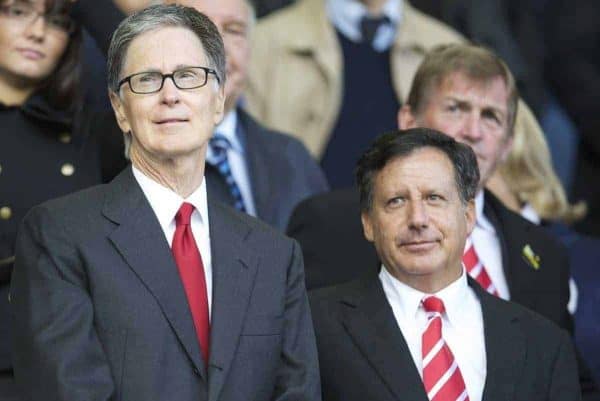
That said, this is another example of the club falling out with sections of the local community. Its plans to host concerts and events in the close-season caused huge local controversy, as did more recent plans to trademark the word Liverpool.
This latest row perhaps emphasises the need for Liverpool FC to up its game in terms of community engagement.
Only recently, Tom Werner spoke of FSG’s desire to do more in the community and claimed that they understood what LFC means to the people of Liverpool. These are fine words, but the community will judge the club by their deeds.
For now, we can only hope that Torus, the club and the residents of West Derby can find a way forward that benefits them all.
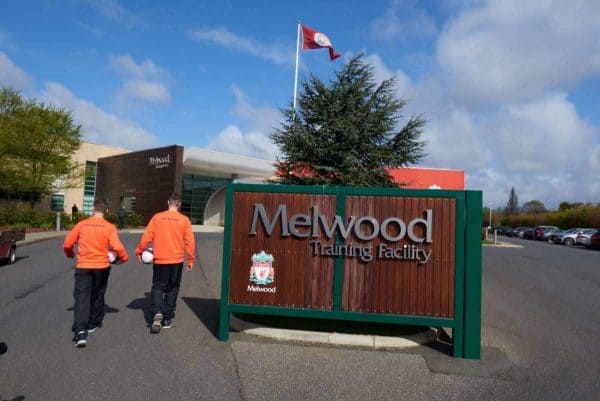
It is in no one’s interest, especially not the club’s, for the move away from such a historic and prestigious location to be continually associated with resentment and anger in the local area.
Future historians will no doubt observe Liverpool FC’s necessary and perhaps inevitable move from Melwood with interest.
They may reflect on the fact that given Shankly’s vision for the club, back in 1959, the old training facility was always going to have a limited shelf life.
The continued growth of Liverpool FC is a testament to its achievements, the genius of the men who built this sporting dynasty and to the players who have and continue to bring us such joy.
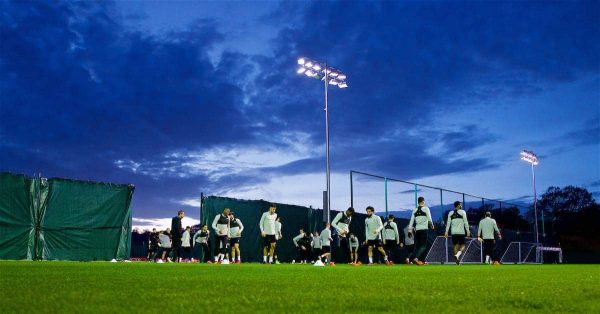
Let us not forget, though, that this success has also been created thanks to the magnificent community of neighbours that has supported the club throughout its meteoric rise.
Let’s hope that those future historians are also able to reflect on how the club left behind a lasting legacy of its time in West Derby.
And, that it is remembered fondly by those who continue to live there.
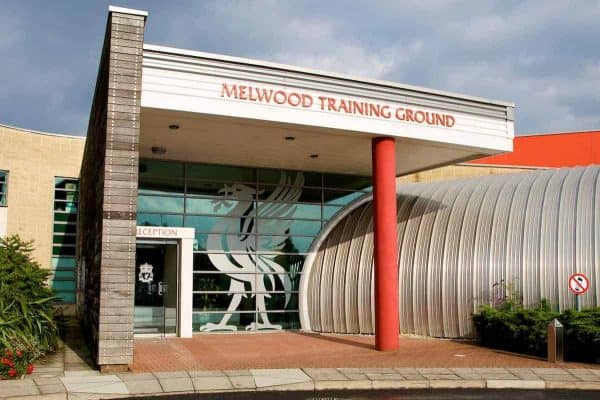

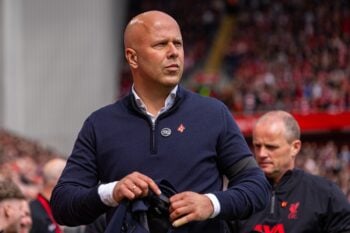
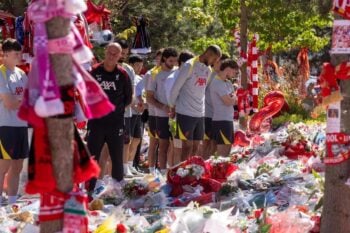


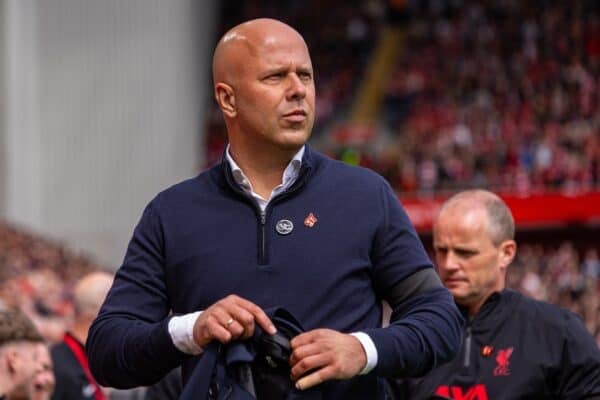
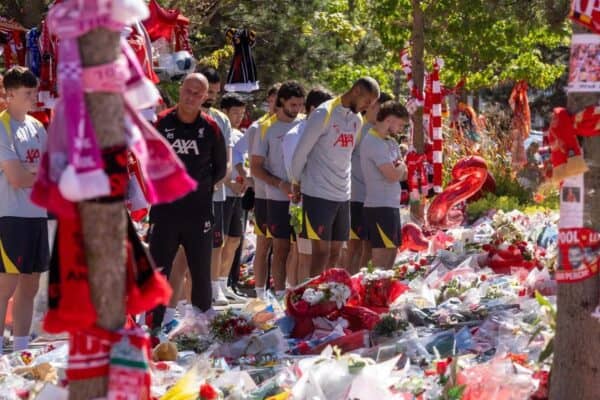










Fan Comments